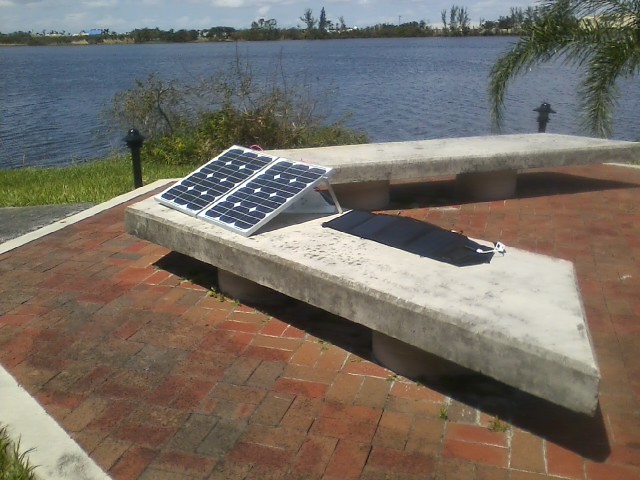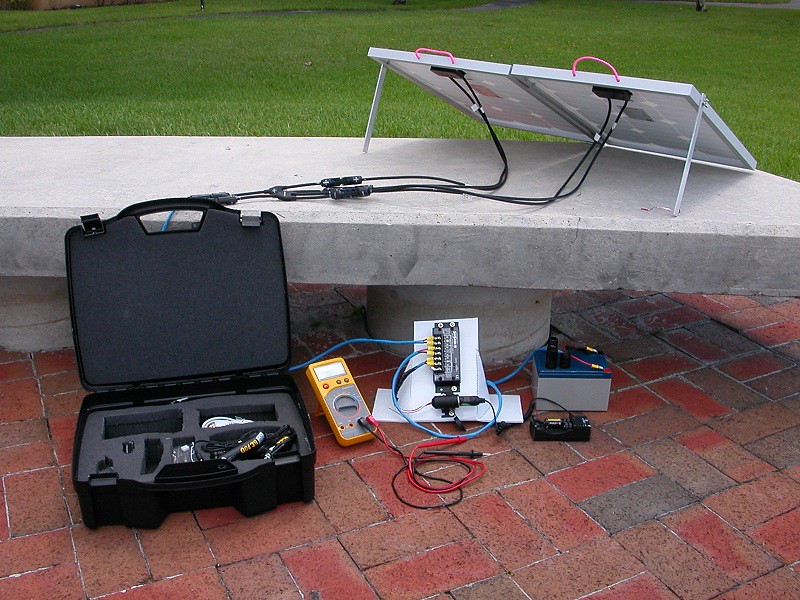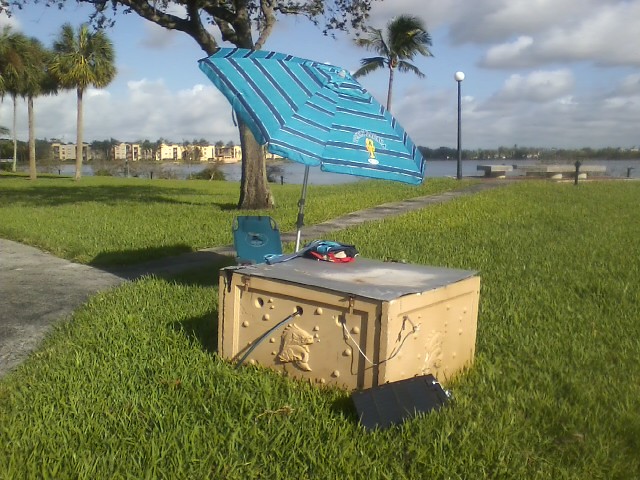I have ordered one of the Blitzwolf foldable solar panels for around $17 on special at the moment.
Now that I am thinking about it, and reading a couple of reviews of chargers, I am wondering which charger would be ok for use with this. Since solar will come and go, it will need to be one that will not shut off and wait for a button push or a battery reinsertion before continuing with the charge.
So here are the candidates I have
Lii 500 — no USB input
Lii 402 — won’t restart?
2x Lii 100
2x Lii S1
1x Xtar PB2 — tested - does restart, very good charging
1x Soshine E3 (4 bay Tomo rebadge?) - tested - does restart, less efficient and only 1A draw.
1x Nitecore F1 — ok for solar?
Wow, it’s embarrassing when I realise how many of these things I have bought. I could charge 19 cells at once with the above, more if I count the other rechargeable things I have that are not dedicated chargers.
Now I know the Xtar and the 402 won’t restart, from reviews I have read, and the 500 doesn’t have a USB input, but I think the F1 is fine. Which others are ok for solar, and what else should I be concerned about or testing before I can be satisfied I am pairing the right charger with the solar?
Perhaps the F1 could be used as a buffer (UPS function), its output feeding the PB2 to prevent it from shutting off?
What about the Lii 100’s, could I do the same with them, maybe using them to feed the S1’s and thus charging 4 cells at once with a nice LED readout of voltage at the end, so I can see progress?
Any thoughts on the most practical setup? Ideally I want to be charging an 18650 powerbank, not just a cell, so the Soshine or Xtar are what I am really aiming at.
Another thought, what about a USB hub? Could I use a power bank that supports pass through charging as a buffer, to feed a USB hub, then attach any number of devices to the hub for charging without risk of it shutting off (I’m thinking charged cell in the buffer to take up the slack)








